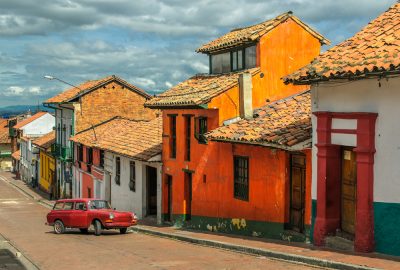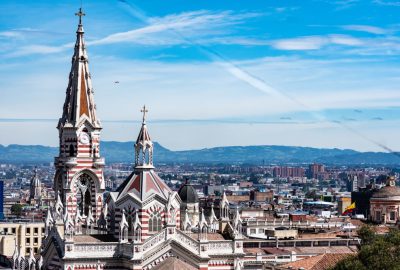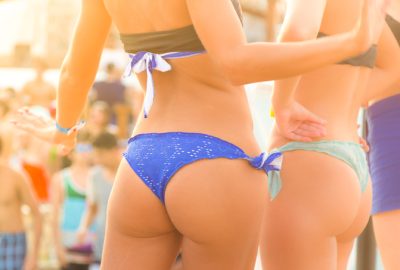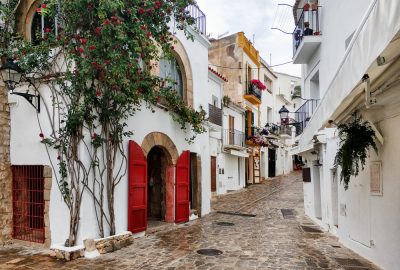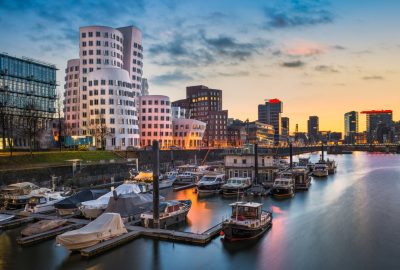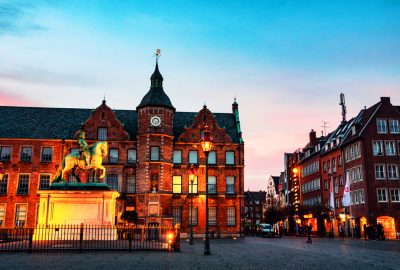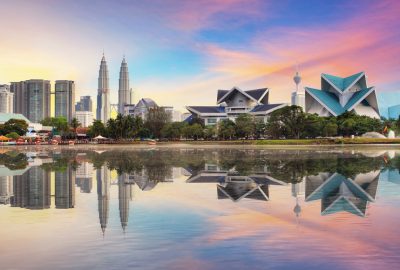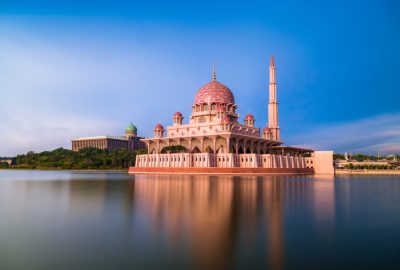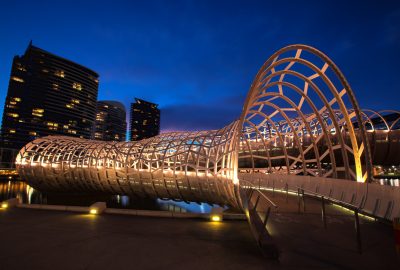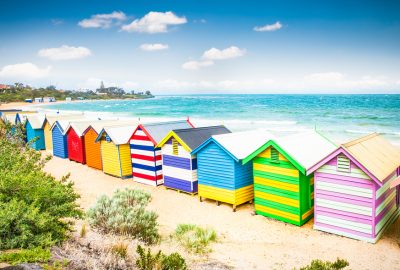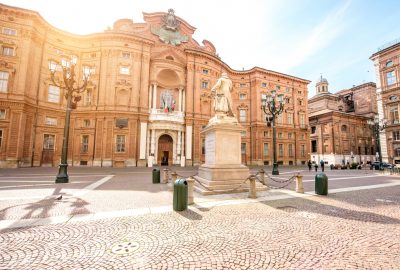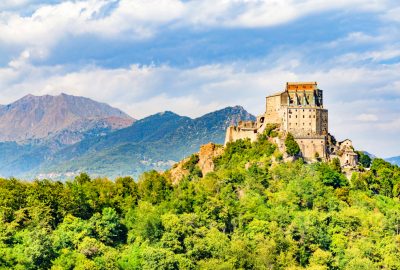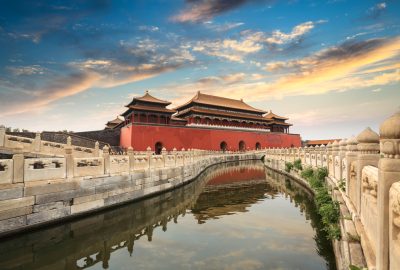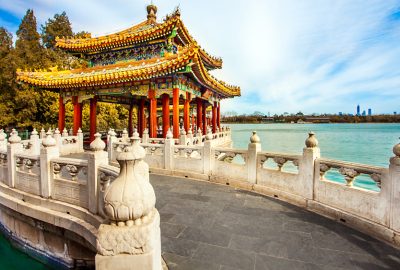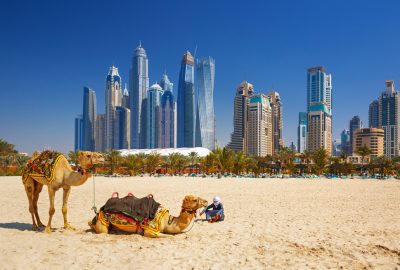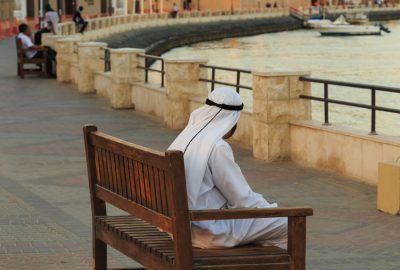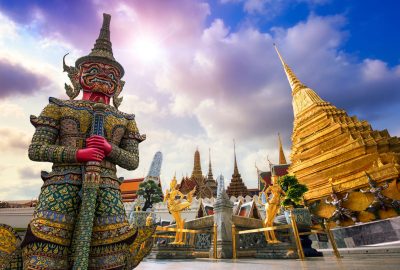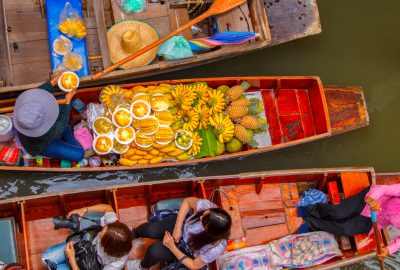I wanted to make this all about puns. The way “Seoul” is pronounced gives room for a landslide of bad humour. Then I cringed at my own jokes and decided I can’t do this to people. Seoul is like a grown-up Tokyo. Maybe it’s just a little bit more serious or mature. They still got their really weird stuff like poop emoji cafés or PooPoo Land (https://playpoop.com/) museum/exhibition. They serve lattes in toilet bowl mugs. Seoul is “anime”. It’s just not as out-there as Tokyo so you won’t see many cosplayers on the streets. They got their own brand of goofy, while Japans has their manga, Korean have manhwa. Both have those awesome animal-themed cafés, like ones with dozens of cats, or one with raccoons. I don’t know about the smell though.
They have Idols, you know those K-Pop stars, celebrity singers who dictate what’s cool and what’s not. Unfortunately, they dictate that wearing coloured contact lenses is cool. Maybe it’s just me, but it creeps me out. Do you know what else creeps me out? Korean horror; it’s a treat for every fan of the genre. I’d go as far as saying they’re leading the charge in revitalizing modern horror cinema. Train to Busan, The Wailing or The Host became instant classics. Gonjiam Haunted Asylum was a decent found footage flick, especially because it was based on a real location. The Asylum is 2 hours away from Seoul by train. They say it’s the most haunted place in Korea, mad scientists, inhumane experiments; scary business. Truth is it just ran out of funds, nothing paranormal ever happened there. Yongma Land Abandoned Theme park is also where you can get your horror fix. Funny thing is that it’s not really abandoned; you need to pay an entrance fee. They say it’s also haunted but I think it’s just the worn-out 80s aesthetics.
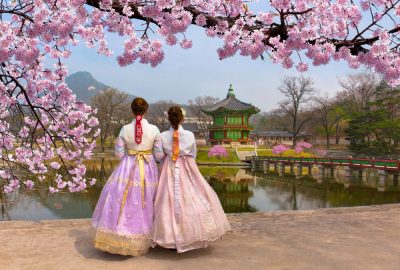
The iconic Gyeongbokgung Palace in Northern Seoul is the main and largest of all royal palaces built during the Joseon Dynasty
People in Seoul are a bit different than you might expect. Above all: they are very private. They don’t like touching and they don’t like high-fives or handshakes. The language barrier is real. English is either broken or completely absent, signs are rarely translated. Getting around a city this large is a real chore when you can’t read Korean. That’s when a few apps come to play. Everything is possible with Google Maps, Translate, and a little smartphone magic. Now you can finally visit all those wacky museums!
Seogyo-Dong near the Hongik University Metro Station is home to three galleries. There’s a Love Museum that would make Amsterdam look like a prude. They also have an Ice Museum and one of those interactive optical illusion exhibitions. Check out Jeju Loveland if you’re not satisfied with the Love Museum. It’s huge and filled with naughty sculptures made by art students of Hongik University. I mean, those are some seriously horny students. And just when you think you’ve seen enough dicks to last a lifetime, they tell you about a penis park 200km to the east. If I had a kid, I would make him/her wear horse blinders while walking around Seoul.
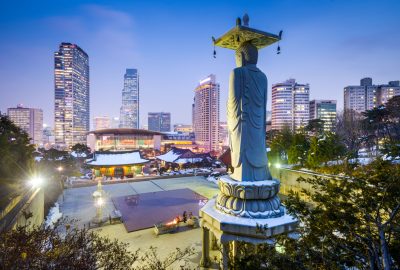
Traditional and modern Korea meet at the Bongeunsa Temple complex in the bustling Gangnam-gu district, this large Buddhist temple was for many centuries the main Buddhist temple of Korea: a perfect spot to escape from Seoul's big city madness
Another thing you’ll quickly notice about Koreans is that they know how to party. Soju is their liquor of choice and they drink A LOT of it. So much that it’s the most popular booze in the world. Yeah, there are so many Koreans drinking that stuff that it dominates global statistics. It’s like vodka but with a lower voltage of about 20%, they even mix it with beer. They usually start at one of the famous Korean BBQ restaurants. It’s cool, you got a pit with coals in the centre of your table and the waiters keep bringing you more meat. You get some delicious beef, pork, and a side of kimchi for a perfect pre-game.
That could be the secret to Koreans drinking almost every night of the week. Yup, it’s not in the west, where mostly drink during the weekends. They get smashed from Monday to Sunday. I have to admit it’s pretty hard-core and mind it’s an Eastern European saying this. Locals usually move to one of many clubs, following up with a hook-up club. It’s like a singles party, where the manager tries to keep a 50:50 ratio of men to women. The night ends at a karaoke where you can make a fool of yourself. At that point, no one remembers anything so it’s okay. See what I mean? They don’t **** around when it comes to partying. The main nightlife hubs are Gangnam and Hongdae. Gangnam is an upscale district for rich kids, while students mostly populate Hongdae.


